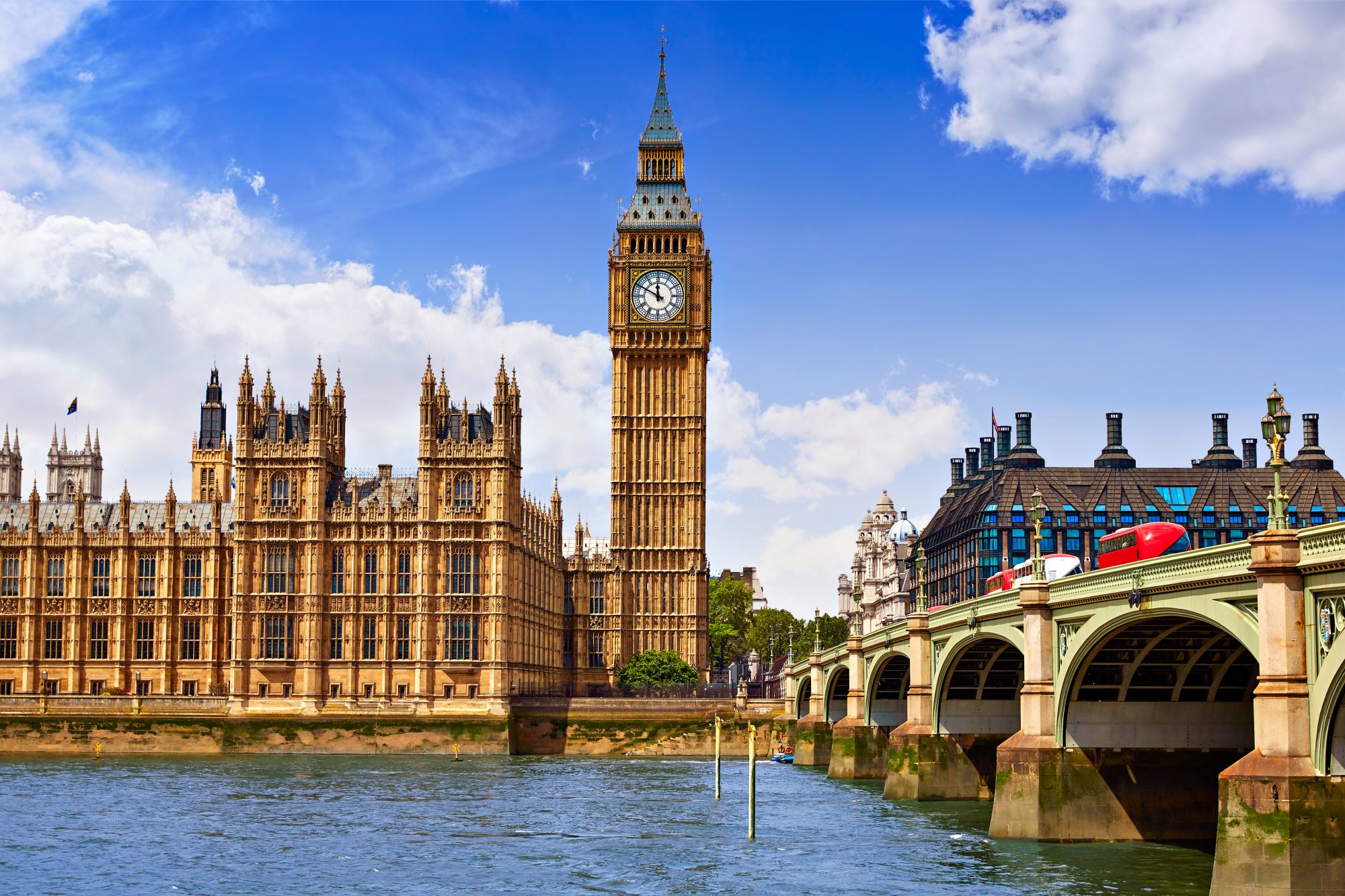The UK has launched its Resilience Framework – what does this mean, and what can it do for your organisation?
The global financial crisis of 2008 was a watershed moment, making resilience a leading cross-sectoral challenge. In recent years, amalgamations of the COVID-19 pandemic, climate change, the Ukraine invasion and the energy crisis have made it one of the most important priorities for organizational leaders today.
The UK Resilience Framework: What exactly is it?
The UK Government has published its Resilience Framework – promised in 2021’s Integrated Review of Security, Defence, Development and Foreign Policy, outlining a bold vision to make the UK the most resilient nation. This is an admirable aim, and the framework acknowledges that it is not the sole responsibility of the Government to achieve it: we all have a part to play. And resilience is best achieved not through individual effort but through collaboration, a ‘whole of society’ approach that combines understanding and action across the public and private sectors.
The Government’s call to arms should come as no surprise
The Government’s call to arms should come as no surprise, as the private and civic sectors are increasingly aware of the need to be resilient. The British Red Cross was recently held to be the most resilient organisation in the UK, followed by market leaders in the finance and telecommunications industries. What they all share is a focus on organizational agility, responsibility and maturity, wrapped within a willingness to overhaul outdated approaches.
While the Government’s focus may be on the UK, this is a global challenge. In today’s increasingly international and interconnected society, being the most resilient nation is akin to being the strongest link in a chain. As an organisational leader, you will need to think bigger, considering your international supply chains, your dependencies on other organisations and sectors, and the geopolitical stability of your customer base. How would these elements fare against the full gamut of risks and vulnerabilities you face, from natural hazards, industrial incidents and action, and climate change to energy security and wider security threats, including cyber?
As we emerge from COVID-19, the potential for nationwide impacts through the type of risks captured in the UK Government’s National Risk Register feels very real. Investing to mitigate and prepare for extreme events may feel like tomorrow’s challenge. But getting resilience planning right can unlock a competitive business advantage today.
So how do you approach becoming a resilient organisation, and what are the opportunities?
Firstly, you must understand any legislative obligations your organisation may have. The Civil Contingencies Act defines the responders covered by the Act – including the energy, transport and health sectors – and the duties placed upon them. There may be additional requirements for organisations responsible for Critical National Infrastructure. The Resilience Framework continues the principle of subsidiarity, with decisions, planning for, and responsibilities before, during and after an emergency continuing to rest at the lowest appropriate level. Here, a whole societal approach is needed to energise and empower everyone who can contribute. The framework is clear: organisations at the local level must play their part.
Secondly, you should take a whole-systems, data-driven approach to build resilience capacity and capability. This process starts with defining resilience, then conducting diagnostic and stress testing to identify and understand your vulnerabilities. You can then plan to build capacity against this comprehensive baseline. Against specific challenges, you will need to strike the right balance between risk mitigation and building your capacity to respond and adapt. And it is not just about physical resilience: preparedness requires behavioural change.
Thirdly, it is about seizing the opportunity and seeing investment in resilience as a firm foundation for growth and competitive advantage. Do the maths: a cost-benefit analysis of resilience investment will show enhanced business innovation and success through the protection of infrastructure, supply chains, and policy approaches to name but a few. Such arguments need to rest upon supporting business analysis that duly considers pressing risks – including trends of their likelihoods and impacts – from climate change to cyber incidents. Such a process presents risk intangibility as a clear and relevant concern. Here are four ways you can seize the opportunity:
- Be adaptive. Resilient organisations are more comfortable with uncertainty and can adapt to a constantly changing picture of threats and hazards. But there is a wider benefit of adopting an adaptive mindset. The fast pace of technological development means organisations must be flexible by design to survive. Organisations are increasingly focused on the time to value – the time necessary to finish a project and realise the solution’s benefits – rather than just the return on investment. Agile approaches continue to be adopted, taking iterative, incremental, and lean approaches to streamline and accelerate the delivery of projects – embracing the inevitable change along the way. And it’s not just about process and technology: you need to ensure your people have a mindset that embraces change and is resilient in times of crisis. How adaptive to change is your organisation?
- Provide a secure service your customers can trust. Organisations are waking up to a broad suite of security and cyber threats. Yes, it is important to be protected from such attacks and have the resilience to get back to business with minimum financial and reputational loss. But it is not just about protecting yourself: customers want a cyber-secure business that keeps their data safe. Resilience here is about enabling your business and meeting customer expectations.
- Be resilient and sustainable. Equally, climate change is more than simply being prepared for increasingly frequent and more severe natural events. It is about ensuring your whole business model is sustainable and able to keep pace with climate-related legislation. More importantly, it is about meeting the consumer call for a sustainable future and a demand for bigger and braver action. Ensuring we remain resilient as we transition to net zero is key for the nation’s stability.
- Build community resilience. Work with your local community organisations and small businesses to increase the resilience of your staff and customers’ neighbourhoods.
Concluding words on the Resilience Framework
The Government has outlined its ambition. While we cannot predict the future, we can certainly say that we will continue to face numerous and varied resilience challenges. Climate change and our increasingly interconnected society mean the scale and complexity of the challenge will only increase. We must and can prepare for this. But being resilient is more than just surviving shock events. It is a mindset that can help transform an organisation into being adaptive and sustainable, able to keep pace with technological change – and the expectations of climate-conscious digital-savvy customers.
Written by Caroline Field and Ben Warner, national resilience experts at PA Consulting











